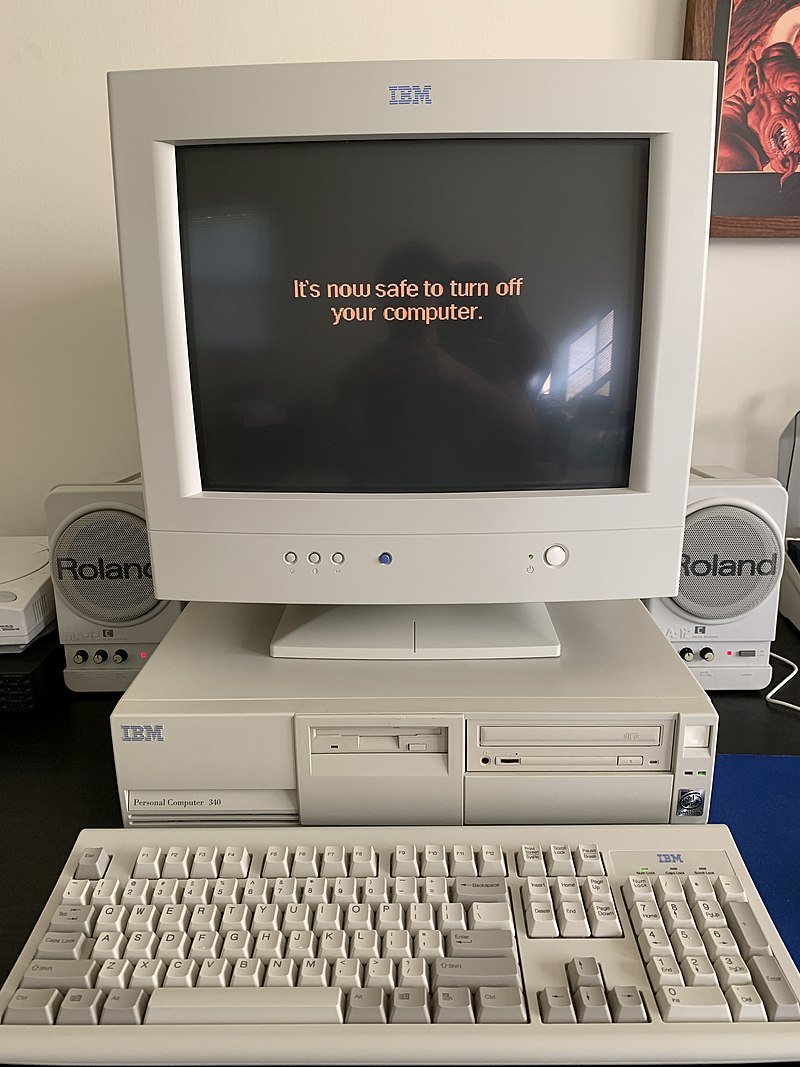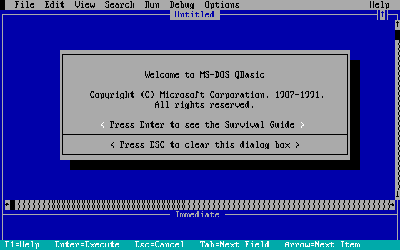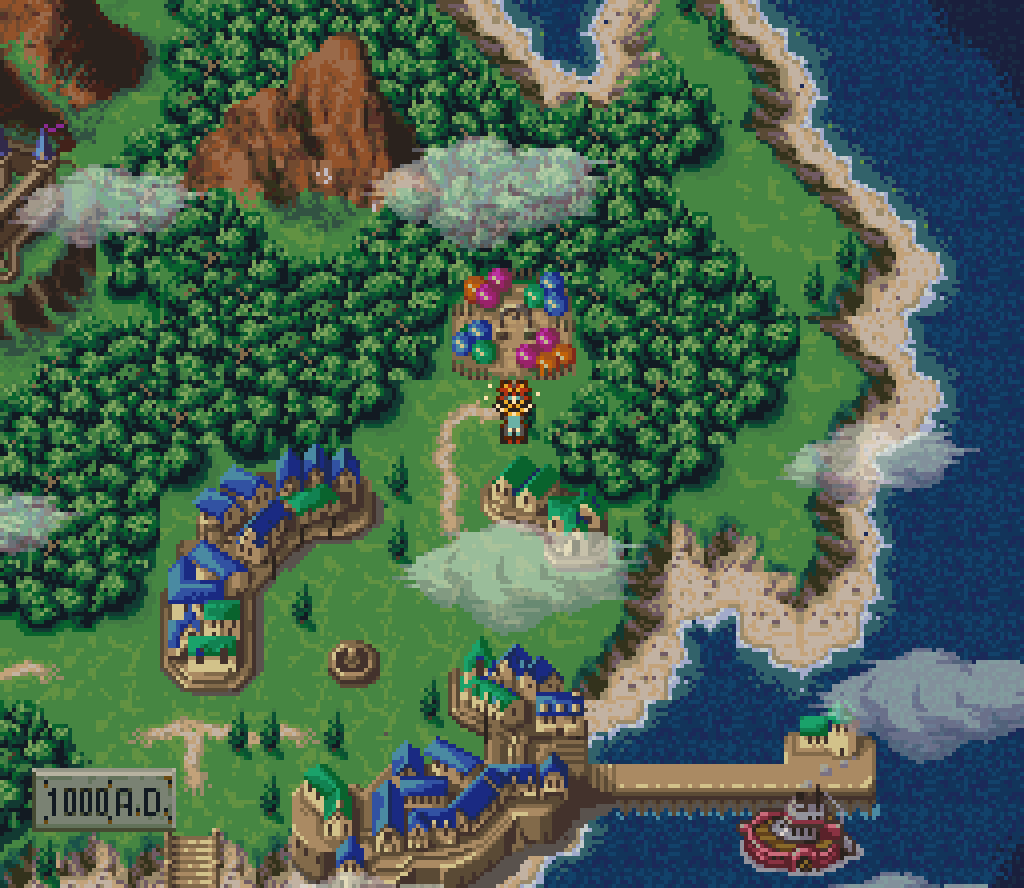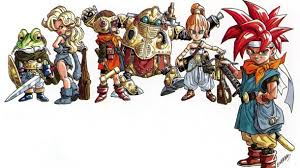First a warning: When it comes to GIVING criticism for people's creative projects, I don't have any tips at all, except to say: "Don't!"
This is because when people say, "Would you please critique my creative project?" what they really MEAN is, "Would you please give my creative project an unqualified, vein-rupturing rave review, tempered with a few minor criticisms so I know you're sincere, e.g. 'If your fifth sentence had just one more comma in it, this story could easily rival Dante's Inferno in terms of cultural power. Also, this totally validates you as a human being.'"
I know this is true, because when I ask for criticism that is precisely what I mean. Unfortunately, I have a marked tendency to prefer to give my work to the sort of person who doesn't care much whether I feel validated, such as my immediate blood relatives, which occasionally results in (shudder) honest feedback. It might sound awful, but in reality, honest feedback is actually quite terrible.
Sometimes, however, honest feedback is necessary, especially if you intend for your work to be enjoyed by an audience that is less imaginary than usual. In theory, honest feedback is absolutely critical (get it?) for allowing you to temper and tweak and make your work better. I have discovered, however, that there is an art to receiving it. Fortunately for you, I have now withstood many years of receiving honest feedback as a member of various critique groups, and I have learned no more than five useful tips that I will now share with you.
Tip #1: Don't Argue
One of the most common mistakes made by folks new to the receiving-criticism game is that they FIGHT BACK. "My novel does NOT seem derivative!" they are all the time saying, or "I don't CARE whether or not you emitted a guffaw, that joke about Al Gore was both timely and hysterical - a laugh riot, if you will!" In the world of criticism, this is amateur hour stuff.
It's perfectly natural, of course, to be defensive when someone criticizes your work - after all, it might seem like they're attacking you personally. The reason for that, of course, is because they ARE attacking you personally, in so far as you have invested yourself personally in your work, which they are now saying negative things about, sometimes known as attacking. That's ok. That's what you WANT. You want your work to get stronger, therefore, you need people's honest reactions, which will be inhibited if you become defensive and make them feel uncomfortable about sharing their true feelings.
Ha ha! I am, of course, kidding. We all know that you don't actually want your work to become stronger - you want it to be acknowledged as maximally strong in its current form. It is for this reason that I highly recommend giving yourself as much emotional room as possible to make adjustments to your work - think in "draft" terms, not in terms of finished product (until it really is finished).
Remind yourself that many successful creative projects were done in an iterative fashion - numerous drafts, over and over again. If you go back and look at early drafts or versions of many successful works - Wicked, Banjo-Kazooie, the screenplay to Jurassic Park, the art style for Disney's Beauty and the Beast, Toy Story - you'll note that, not only did the finished product NOT spring fully-formed from the skull of a genius, but that the early versions were frequently TERRIBLE. It took many drafts, over and over, to get it right. And that's totally ok! Give yourself space to make changes.
Don't ask for criticism if you don't actually want it, and then, if you do, just smile and nod until they've said what they want to say, and either take it or ignore it as you see fit. Doesn't mean you can't ask questions or communicate with the critic AT ALL, only that defensive behavior accomplishes nothing but discouraging honest feedback. That's why defensiveness is best hidden, so you can reject people's terrible advice later in private.
Tip #2: Listen to their Emotional Reactions, Not Their Recommendations
Critics will frequently attempt to temper their negative criticisms of your work by offering friendly suggestions for how to "fix" it. In their mind, it shows that they are engaged and excited by your work, and therefore hope you will mind less that they just called your central protagonist "bland."
This is very thoughtful of them, but as a general rule, please do not give their recommendations the time of day.* It might be tempting to, if you are anything like me, because you are so eager to please everybody that you just want to take ALL the notes, even if it results in a wildly incoherent piece that no longer reflects your unified vision or the central appeal that drove you to make it in the first place. But you need to restrain yourself. There are often multiple ways to solve a problem, and the best solution is most likely to come from YOU. A piece works better when all the parts have a unified goal - your goal will likely be different than your critic's.
That said, you DO need to listen to the emotional reaction BEHIND the recommendation. That is actually very useful information.
For example, suppose I am trying to write an emotionally serious film noir screenplay. Then suppose I give it to someone who responds with, "You know what would be GREAT? If this were more tongue-in-cheek. Think of how hilarious it would be if your detective said blah blah blah" and starts throwing out jokes. You might even find some of the jokes funny.
But there's a problem - writing an ironic, self-mocking film was NOT your goal. You want something serious. That's completely ok. But is this guy's criticism therefore worthless? Not necessarily! After politely questioning him, you might discover that the reason for his recommendation is that he finds your dialog cheesy in places. Going "tongue-in-cheek" might sound like an encouraging idea, when it is, in fact, a criticism of your corny sentimentality. By layering on the sarcasm, your critic may feel that the film can be saved from its over-the-top cheese.
You may not like hearing it, but that's EXACTLY the information you need. Having parsed his totally useless recommendation into a sincere and useful emotional reaction, you can now figure out whether you want to bring the cheese level down, and if so, how, without taking your gritty film noir into Roger Rabbit territory.
Tip #3: Beware Their Generalizations
In my experience, frequently broad general criticisms of your work can be addressed with relatively small tweaks. This isn't always true, of course, but it's something to be careful about.
While reworking Act Two of my musical, Drawin' on the Walls, I presented a dialog scene to my critique group. A number of people responded that it was "too wordy." It "dragged," it seemed to go on and on, etc. I even inspired a debate between a few members as to how appropriate "naturalistic" dialog is in musical theater.
When these same critique group members saw the production, a couple of them made sure to tell me how much faster and tighter the dialog seemed in that one scene! I had cut exactly one tiny section consisting of four brief lines.
I believe that critics (including myself) have a remarkable tendency to inappropriately generalize. We can declare that the humor of a whole screenplay "doesn't work" because one or two jokes fell flat. We can declare an entire song lyric hopelessly confusing because of one difficult-to-make-out word early on.
I think this is perfectly natural, however, even unavoidable. It's the nature of art and entertainment. Adding one tiny spoonful of dog poop to a chocolate pudding doesn't make it slightly bad, it makes the whole thing terrible. Another musical I wrote was criticized by a friend for being "full of way too many convenient coincidences." The only one he ever kept referring to, however, was a single, particularly egregious one towards the end, and he couldn't think of any others. Apparently, that single coincidence was so awkward and obvious that it colored the entire musical for him!
When critics respond with generalities, try to (politely) ferret out specific moments that felt off if you can. That's much more likely to help you then blindly trying to "fix" an entire piece that may not need that much fixing.
Tip #4: Beware Your Influence
The best criticism is, I believe, criticism where you are not even present. Even if you take my advice in tip #1 and don't argue (please please don't argue), you can still inhibit truly honest and useful feedback just by being there. It might seem sometimes critics relish the thought of tearing your work to shreds, but generally speaking, most people HATE giving negative feedback. They would rather politely say non-committal things than risk hurting your feelings.
But even if you make it clear that you will not be emotionally injured by honest feedback, your presence STILL has an impact - people are far less likely to stop reading the novel after page 26, change the channel, or stop playing your video game if you asked them for feedback, and especially if you're in the room with them while they take in your work! Sometimes the most useful feedback is that your novel didn't keep them interested enough to keep turning pages.
This doesn't mean that this kind of feedback is useless, of course, only that you need to be aware of its limitations. Finding honest people who don't care about your feelings is helpful, naturally, but receiving feedback through a proxy, or even passively watching usage statistics (if you have access to such things) can also help mitigate the impact of your influence.
Tip #5: Don't Share Things Too Early / Don't Ask People to Imagine Too Much
This one has bitten me numerous times.
My most embarrassing example probably comes from one of my programmer day jobs - I once showed off a new system to a potential customer that had a very makeshift, ugly user interface. It was only preliminary, of course - all the work had been done under the hood - and somehow, I figured it would be useful to get feedback on the "general concept" of the software even though practically no consideration had been given to the user experience. Naturally, we were careful to warn people that the UI was only a temporary one to demonstrate the basic concept.
The result?
"That's too many button presses!" "This layout is confusing!" "I need a simpler interface!" And so on, and so on... At the time I was pretty dang frustrated, but then I realized that I am an idiot. Of course they focused on the temporary user interface. That's the only thing they can actually see. I was basically asking them to design a better interface in their head and then evaluate the software with THAT interface, instead of the one I actually presented to them. I can warn them all day that the UI is temporary - that doesn't mean they can suddenly imagine a better one.
As a general rule, telling critics to "imagine that this is better" will not work. Imagination is hard, and it's not fair to require them to use too much of it to evaluate your work. This is tough, because it's very tempting to seek feedback when your work is at an early stage, to make sure your work is going in a generally good direction. Sometimes, you may feel that seeking early feedback is critical because otherwise you might spend a lot of money, time, and effort on the next steps of the project and you want some security before you do.
Unfortunately, that's a lot to ask. Some preliminary forms are perfectly good for judging isolated aspects of the final work - an outline for the spine of the story, a colorboard or a rough sketch for the general look and feel, a staged reading of a musical for the songs and dialog, etc. But asking people to judge a song by the lyric only, for example, may be a bridge too far.
With my game The Adventures of Chris, I would occasionally send out early prototypes for feedback that were FAR from anything that a human being should ever have been exposed to. As a result, people would get hung up on stuff that I thought they should obviously know wasn't going to be in the final product. Honestly, I wasn't being fair to them. After all, I don't like it when artists send ME sketches and say, "Judge this as if there were a lot more detail." That's very difficult to do. Anything you can do to bring your project more fully to life is worth doing, especially at early stages. The less the critic has to fill in the blanks for you, the better your feedback will be!
And unfortunately, I've learned that sometimes I've just got to take a risk, and trust that my vision for the project is going to work. I won't always be able to get meaningful feedback before any given step of the process. That's just how it is.
So what'd you think of my five tips? This pretty much deserves an immediate Pulitzer, right? RIGHT? RIGHT?!?!?!?!
* 5:29 PM







































